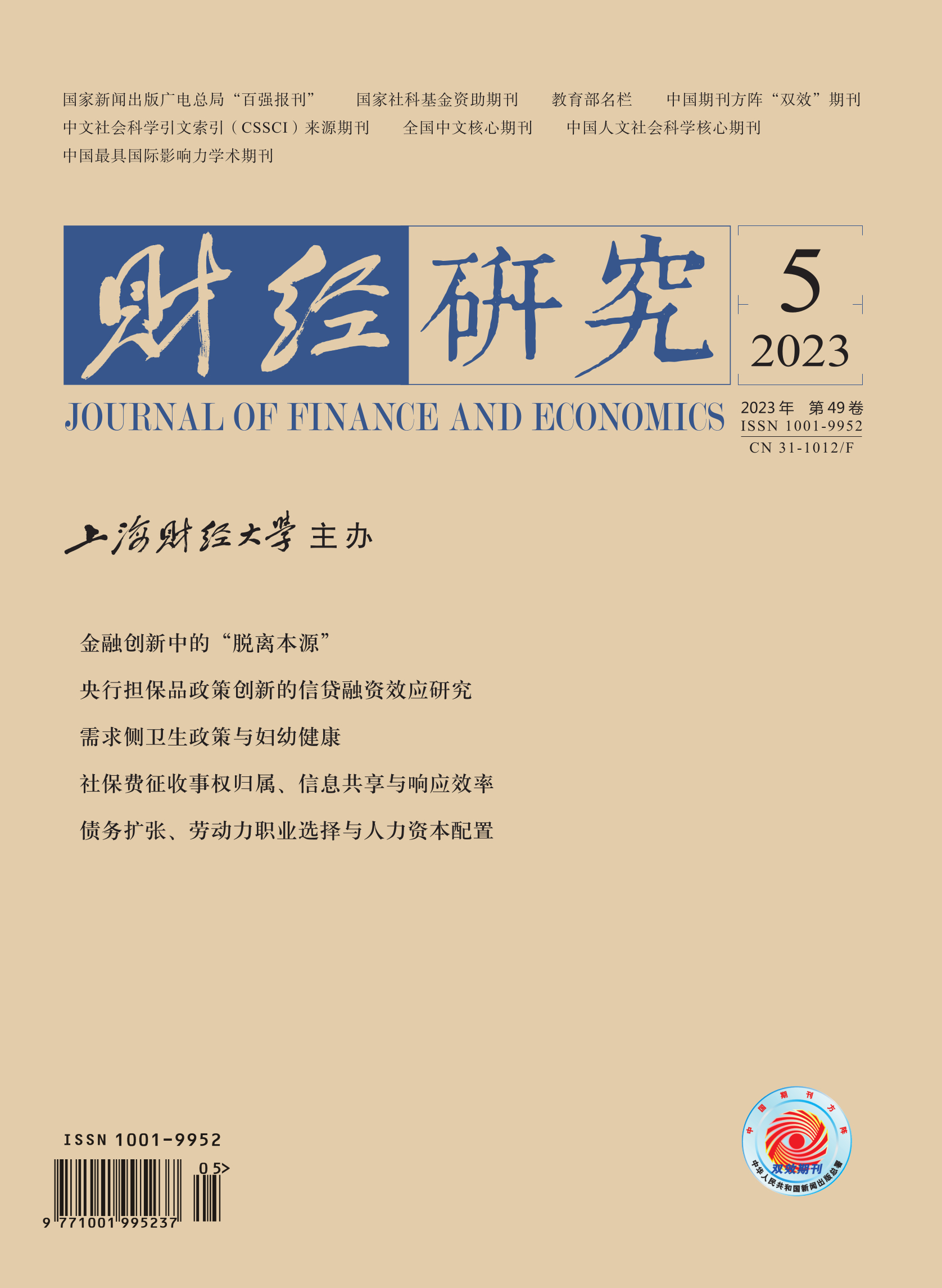Since the reform and opening up, China’s position in the world economy has been rising. Some countries have publicized the “China threat theory”. This paper offers a different explanation for China’s export growth. That is, the increase in total demand caused by the household debt expansion in importing countries is transmitted to international trade, which stimulates China’s exports.
First of all, by constructing a theoretical model, this paper expounds the transmission path of household debt expansion to foreign trade, and clarifies the impact of household debt cycles on imports from China. In this two-phase model, households hold housing stock and housing loans in the first phase, and they sell the houses and pay off all the loans in the second phase. Based on this model, this paper proposes three hypotheses: (1) The increase of household debt will promote the rise of consumption, and then increase the consumption of foreign goods. (2) In the period of household debt expansion and relatively cheap prices of Chinese products, household debt has a greater impact on China’s exports. (3) In the period of economic downturn or household sector deleveraging, household debt has a greater impact on China’s exports.
Secondly, using the data of transnational credit and China’s exports from 1979 to 2018, this paper empirically tests the impact of the household debt expansion in importing countries on China’s exports. The results show that, with other factors unchanged, an increase of 1 percentage point in foreign household debt will increase China’s exports by about 0.428 percentage points in the same period. This result is established before and after China’s accession to the WTO and the financial crisis. In addition, this paper also finds that although household debt expansion will boost China’s export growth in the short term, it is not conducive to China’s export growth in the long term, which is also consistent with the study of household debt cycles on economic growth (Mian et al., 2017).
Finally, this paper discusses the channel and internal mechanism of the impact of foreign household debt on China’s export growth. Using the panel VAR model, it is found that both rising housing prices and falling interest rates will expand household debt, and the resulting increase in consumption will promote the country’s imports to other countries in the world, including China. The finding is consistent with the result estimated by the 2SLS method using housing prices and interest rates as household debt instrument variables.
This paper has the following contributions: First, it provides a new explanation for China’s export growth. Second, it expands the research scope of consumption demand channel of household debt expansion, and points out that the total demand expansion caused by household debt cycles can spill over to other global economies. At the same time, this paper is also of great value to understand the importance of “dual circulation”.





 4754
4754  3178
3178

